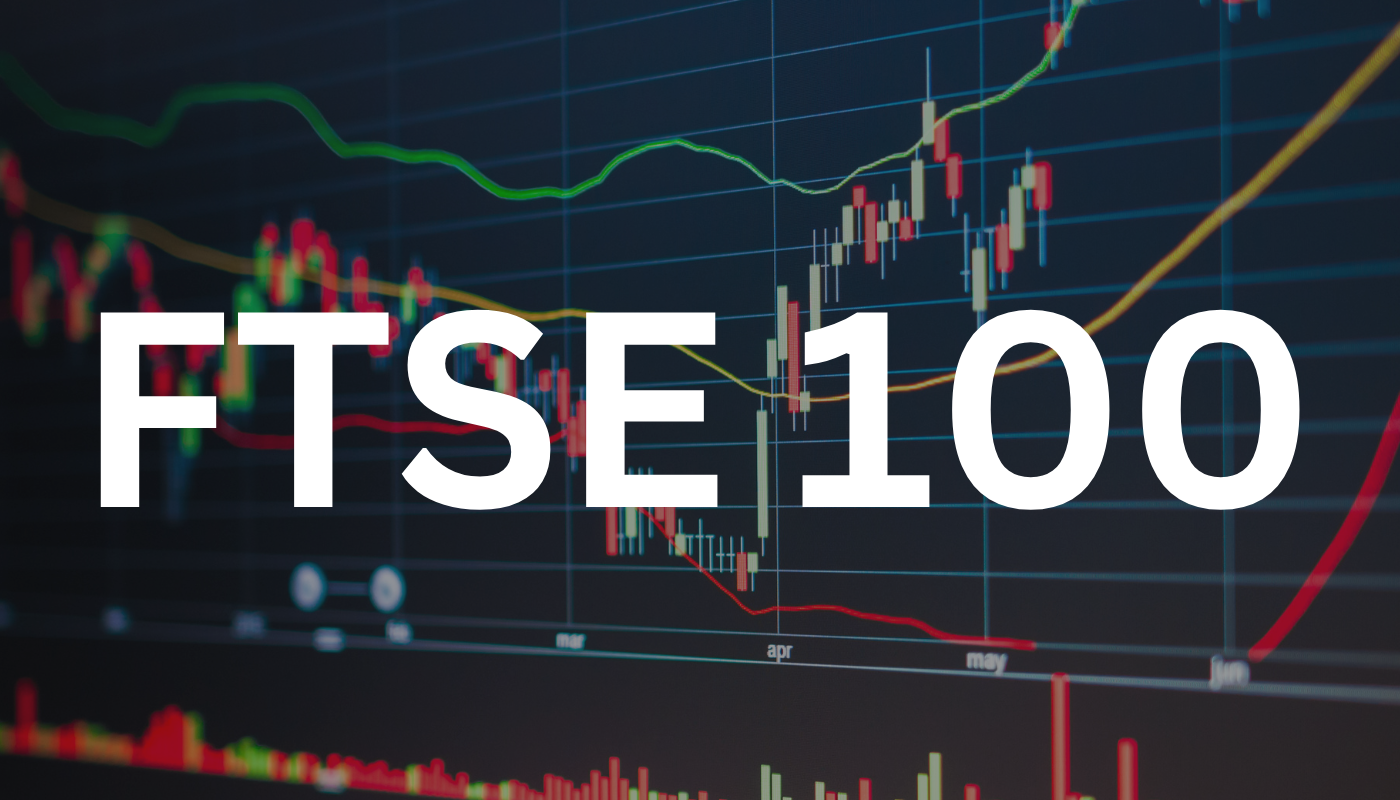
The global financial markets are currently in a state of cautious optimism, with the FTSE 100 witnessing gains while US stocks display mixed signals. This trend unfolds as investors await the upcoming release of crucial inflation data from the United States. The anticipation surrounding inflation figures has heightened market sensitivity, influencing investor behavior and market movements across major indices. In this comprehensive analysis, we delve into the key factors driving the current market dynamics, the potential implications of upcoming inflation data, and the broader economic context shaping investor sentiment.
Market Overview: FTSE 100 and US Stocks
FTSE 100: A Closer Look at the Growth
Recently, the FTSE 100 has demonstrated a positive trajectory, buoyed by favorable economic data and supportive investor sentiment. The index has seen a steady uptick, reflecting confidence in the UK’s economic resilience amid global uncertainties. Several sectors, including financials, consumer goods, and healthcare, have contributed to this upward movement, bolstering the index’s overall performance.
The strong performance can also be attributed to a relatively softer stance from the Bank of England regarding interest rate hikes, which has alleviated concerns over inflationary pressures and borrowing costs. Additionally, positive earnings reports from major UK companies have further reinforced market optimism.
US Stocks: A Mixed Bag
In contrast, US stocks have exhibited mixed performance, with some indices experiencing gains while others face downward pressures. Technology stocks, often sensitive to inflation expectations, have shown volatility as investors weigh the potential impacts of rising prices on corporate profit margins. Meanwhile, sectors such as energy and commodities remain under the spotlight due to fluctuating commodity prices and global demand trends.
Market analysts note that the US Federal Reserve’s approach to inflation control continues to be a pivotal factor influencing stock movements. While some investors remain optimistic about continued economic growth, others are cautious, wary of the aggressive tightening of monetary policy that could slow down growth.
Anticipation of US Inflation Data
Why Is Inflation Data So Crucial?
The upcoming release of US inflation data is generating significant buzz among investors and market analysts. Inflation figures serve as a critical indicator of the economic health of the country and have direct implications for monetary policy decisions. A higher-than-expected inflation rate could trigger expectations of interest rate hikes, potentially dampening stock prices. Conversely, signs of moderation might reassure markets and support ongoing growth.
Investors are particularly focused on the core inflation metric, which excludes volatile food and energy prices, to gauge underlying inflationary pressures. The data released will influence expectations around the Federal Reserve’s upcoming policy moves and could lead to increased market volatility.
Key Factors Impacting Market Movements
Global Economic Conditions
- Persistent supply chain disruptions continue to influence prices, especially in energy and manufacturing sectors.
- Geopolitical tensions and trade policies also play a role in shaping market sentiment, creating uncertainties that investors must navigate.
- Post-pandemic economic recovery trajectories are varied across regions, impacting global trade and investment flows.
Monetary Policy Outlook
- Central banks worldwide remain vigilant, balancing inflation control with economic growth support.
- The US Federal Reserve’s language and cues regarding interest rate trajectory are closely watched by market participants.
- In the UK, the Bank of England’s monetary stance influences the FTSE 100’s performance, especially concerning inflation forecasts.
Implications for Investors
Strategic Positioning
Investors are advised to adopt a cautious yet strategic approach as market volatility is anticipated around the inflation data release. Diversification across sectors and geographies can help mitigate risks associated with sudden market swings.
Additionally, monitoring central bank communications and economic indicators is vital for timely decision-making. Sector-specific strategies, particularly in interest-sensitive industries such as banking, real estate, and consumer discretionary, may offer opportunities depending on how inflation data influences monetary policy outlooks.
Long-term Perspective
While short-term market fluctuations are inevitable, maintaining a long-term perspective remains essential. Historical data suggests that markets tend to recover and continue growth trajectories post periods of volatility. Focusing on fundamental company strengths and sustainable investment themes can provide stability amid short-term uncertainties.
Looking Ahead
The immediate future will be shaped by the inflation data released by the US, which is expected to be a key driver of market direction. Investors should prepare for potential market reactions, including increased volatility, as traders digest the new information and adjust their expectations accordingly.
Furthermore, global economic developments and geopolitical events will continue to influence market sentiment, necessitating a vigilant and informed approach.
Conclusion
The current market landscape presents a mix of opportunities and risks, with the FTSE 100 gaining strength while US stocks remain volatile ahead of critical inflation data. As the financial world awaits these figures, investor sentiment oscillates between optimism and caution. Staying informed and adopting a well-diversified strategy will be crucial for navigating these turbulent times.
For more updated news please keep visiting Prime News World.









